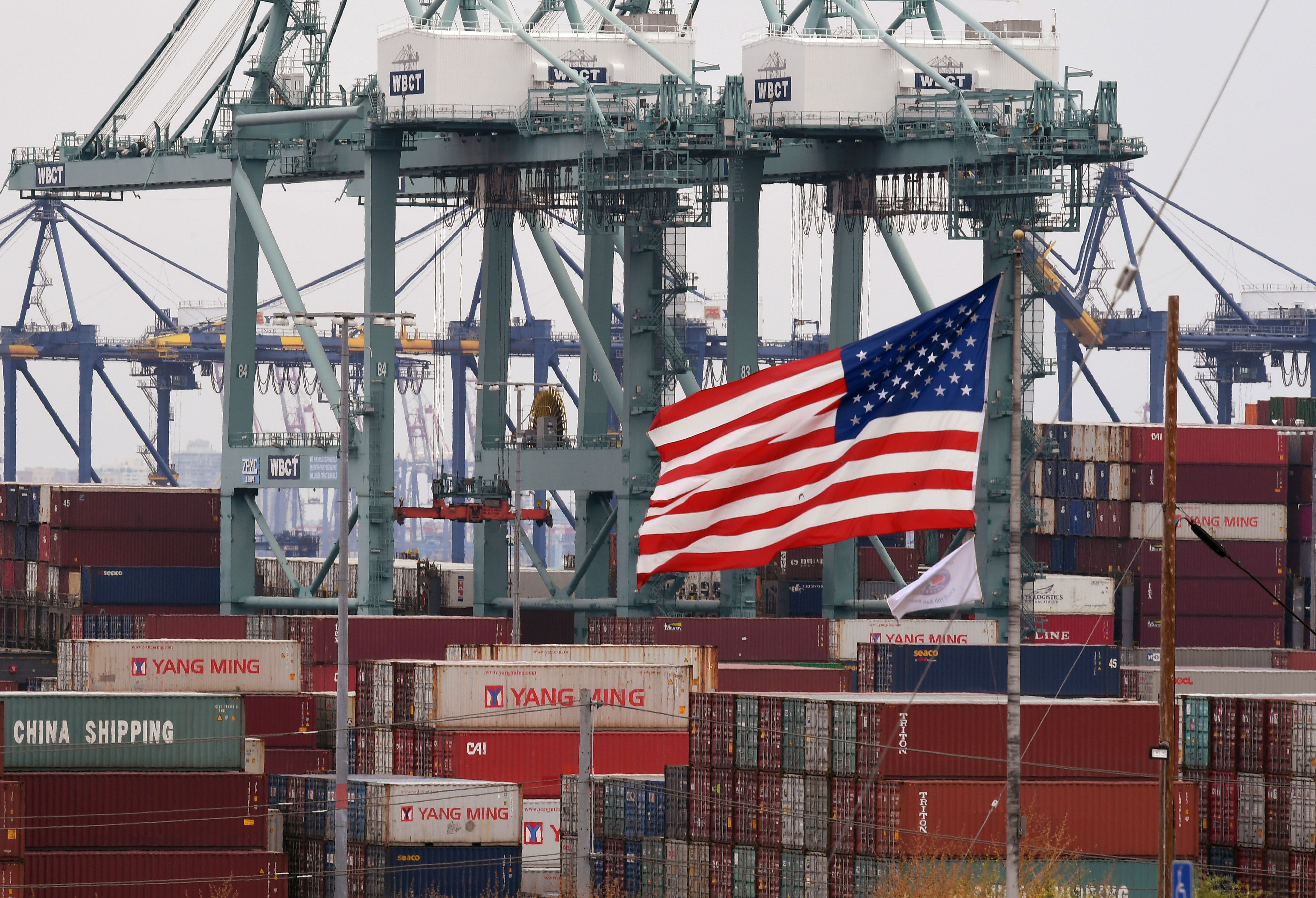The number of shipments arriving through the nation’s busiest container port complex in Los Angeles increased substantially from the first half of the year, reflecting a recovery in business and a change in consumption habits.
Los Angeles port executive director Gene Seroka, on a Monday appearance on CNBC, said cargo volume increased by 50% in the second half of 2020 compared to what arrived at the docks during the first six months of the year , and it is common for loaded ships to anchor at sea waiting for a dock to open.
“It’s all about changing the American consumer,” said Seroka at “Power Lunch”. “We are not buying services, we are buying goods.”
The increase in shipments has put pressure on the supply chain at the port, which is managed by the Los Angeles Port Department. It is a stark contrast to spring, when volume plummeted when the coronavirus pandemic threw global economies into recession.
With retailers seeing an increase in online orders and e-commerce businesses in the home-based world, this has led to long delays in unloading ships in ports across the country and a shortage of desired storage space.
Seroka said the port expects an increase in demand. The Southern California port has been the busiest container port in North America for the past two decades, receiving 17% of all U.S. cargo.
In November, the port of Los Angeles registered 890,000 units equivalent to 20 feet of shipments arriving from its facilities, an increase of 22% over the same month last year, fueled in part by holiday orders. Imports from Asia are reaching record levels, the port authority said. Meanwhile, exports at the port have fallen in 23 of the past 25 months, which is partly due to trade policy with China.
“In addition to trade policy, it is the strength of the US dollar that makes our products slightly higher than they would otherwise be for competing nations in the same product categories,” said Seroka. “And now, the most surprising statistic is that we are sending back twice as many empty boxes as American exports at our docks.”
The monthly cargo volume has averaged almost 930,000 units equivalent to 20 feet since August, something Seroka calls “unusual” at the end of the year. The activity is expected to continue for several months.
Seroka said the port focused on digitizing operations to optimize shipping schedules and logistics.
“The port is tense,” he said.
